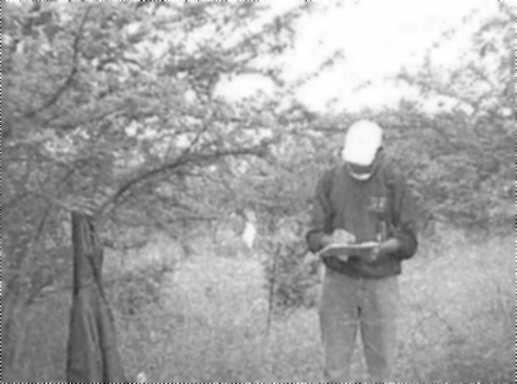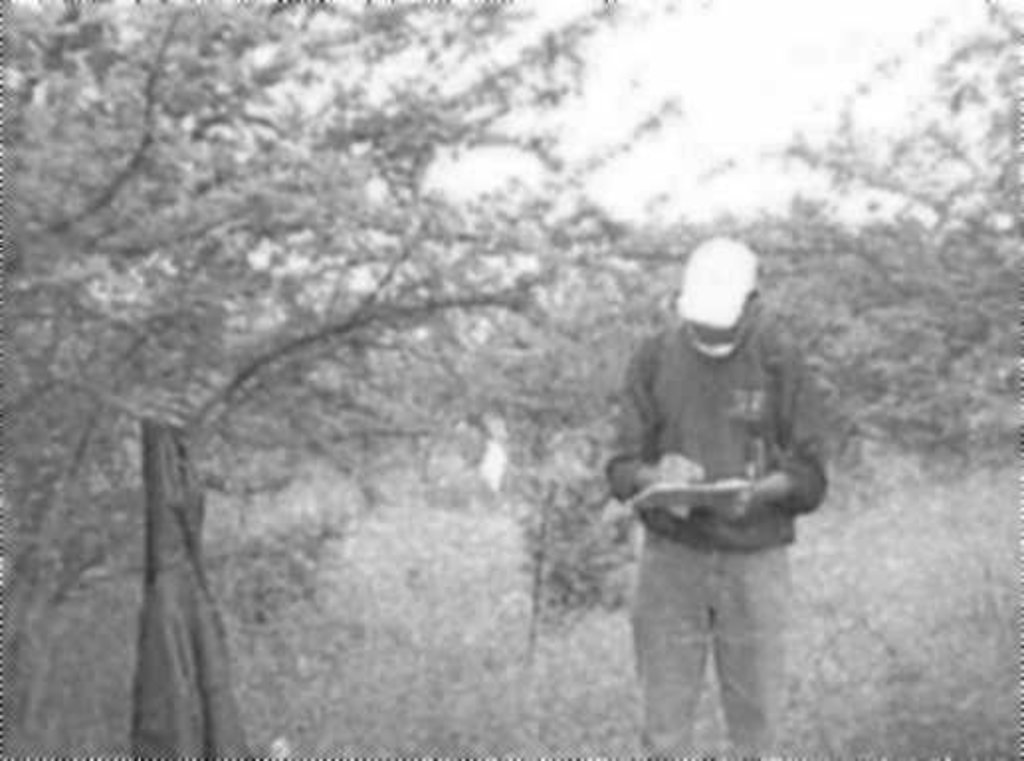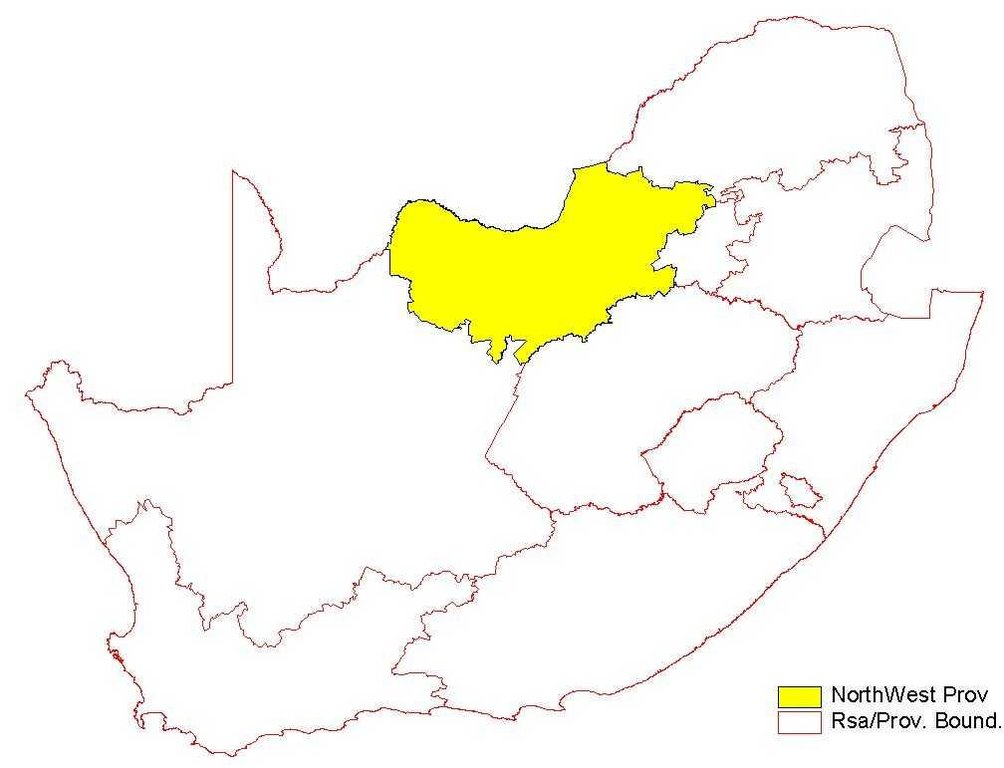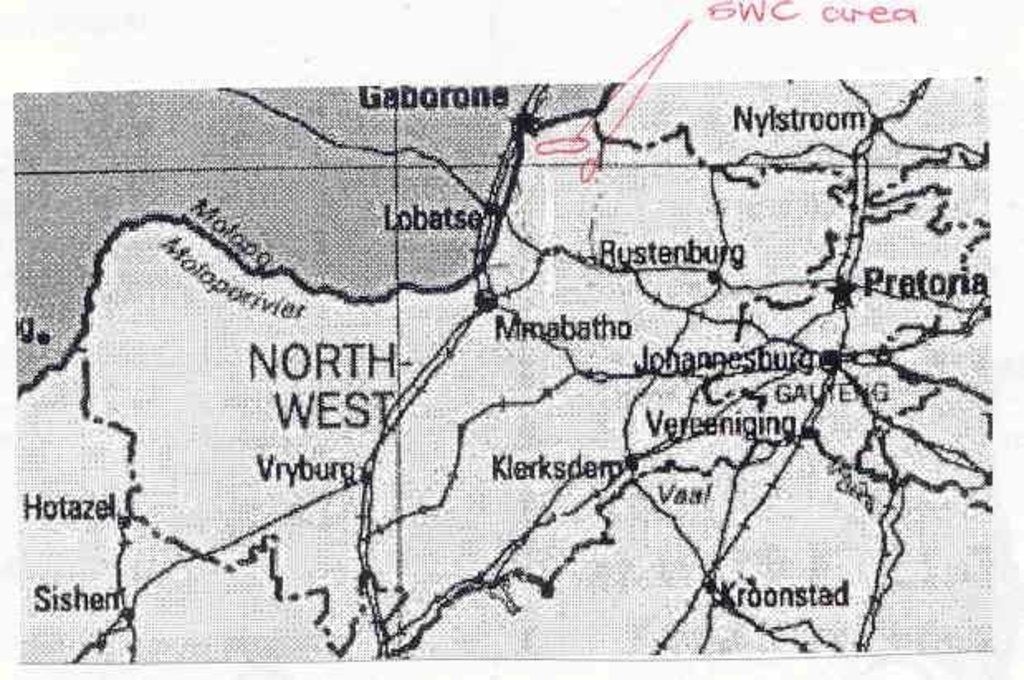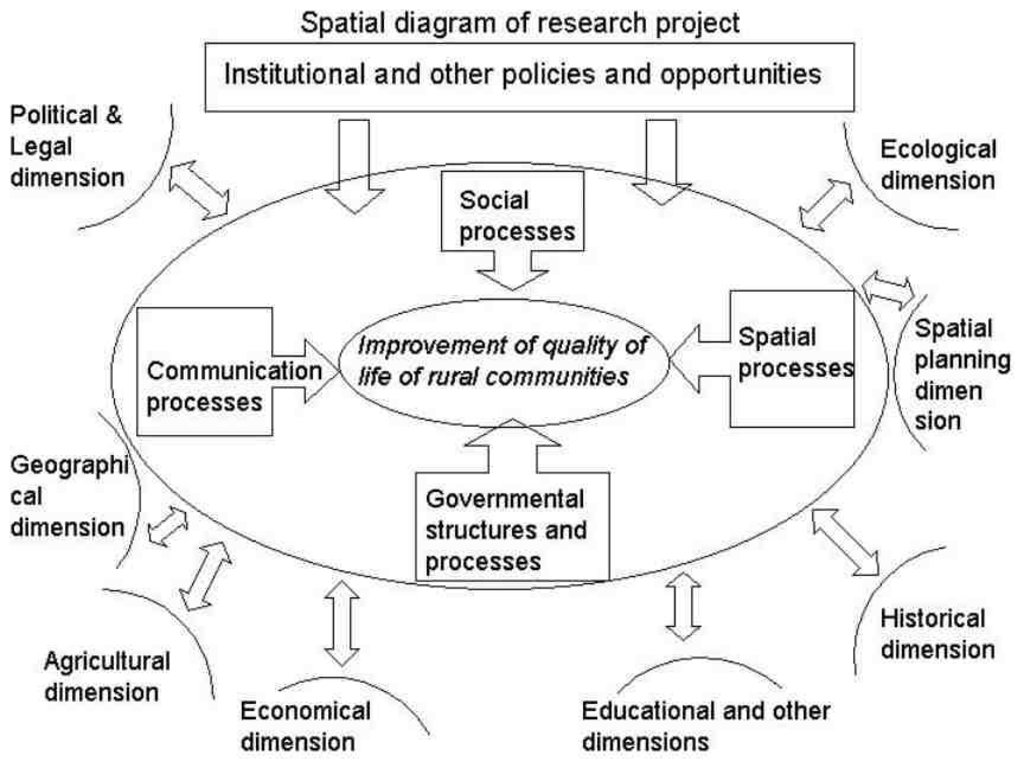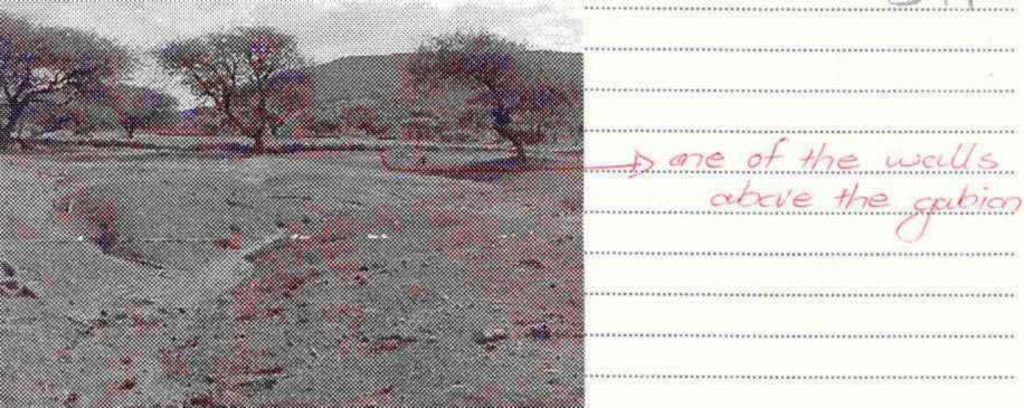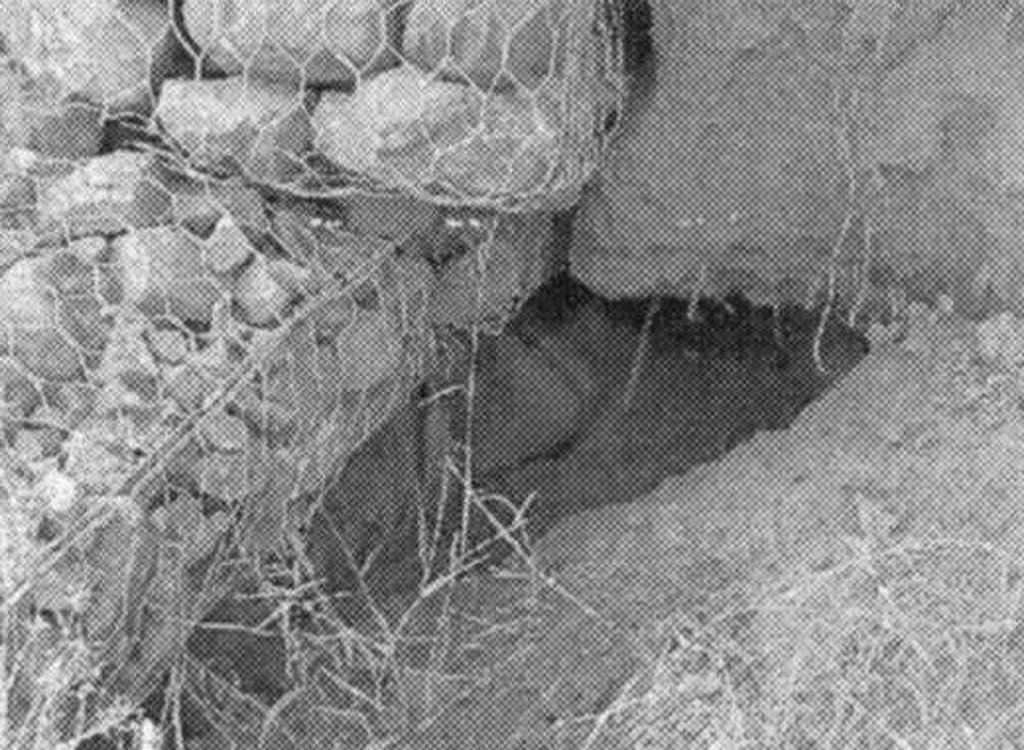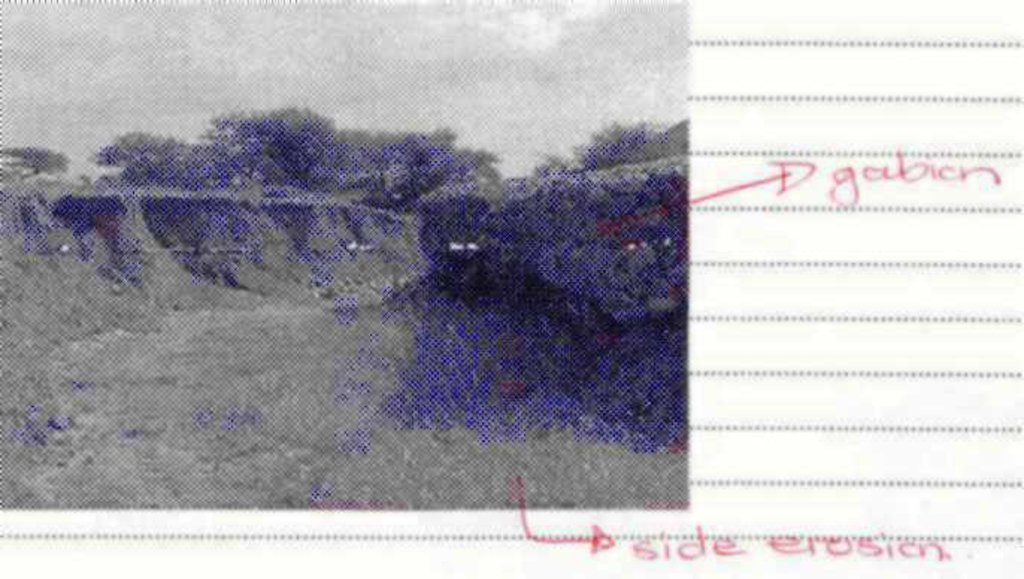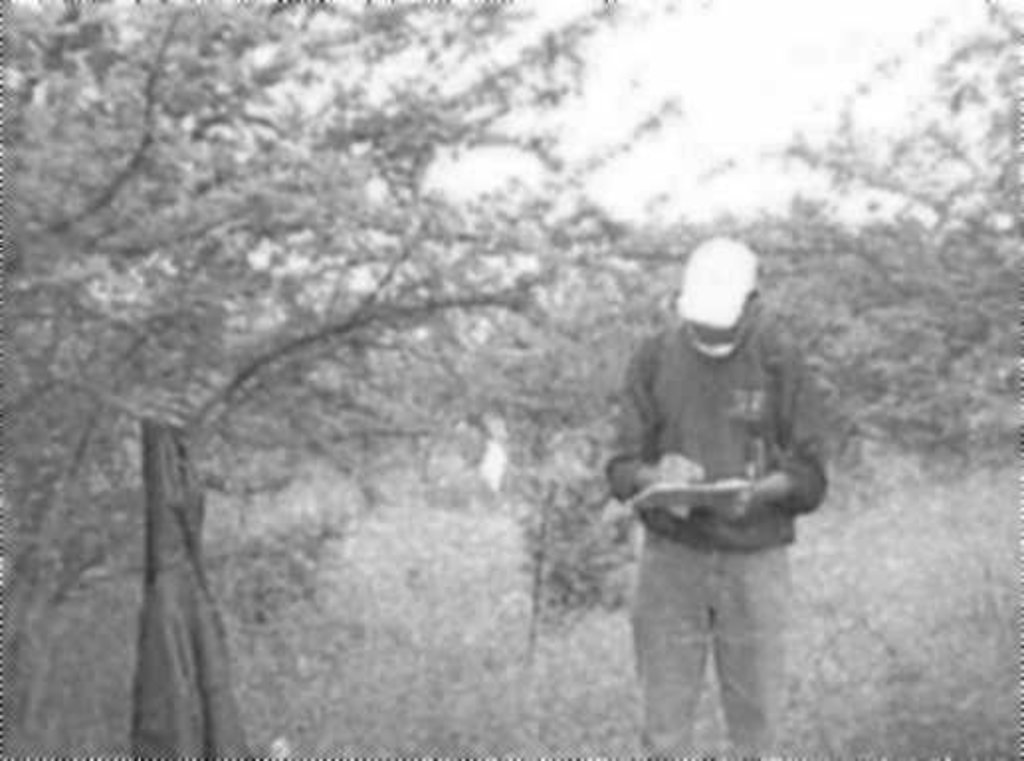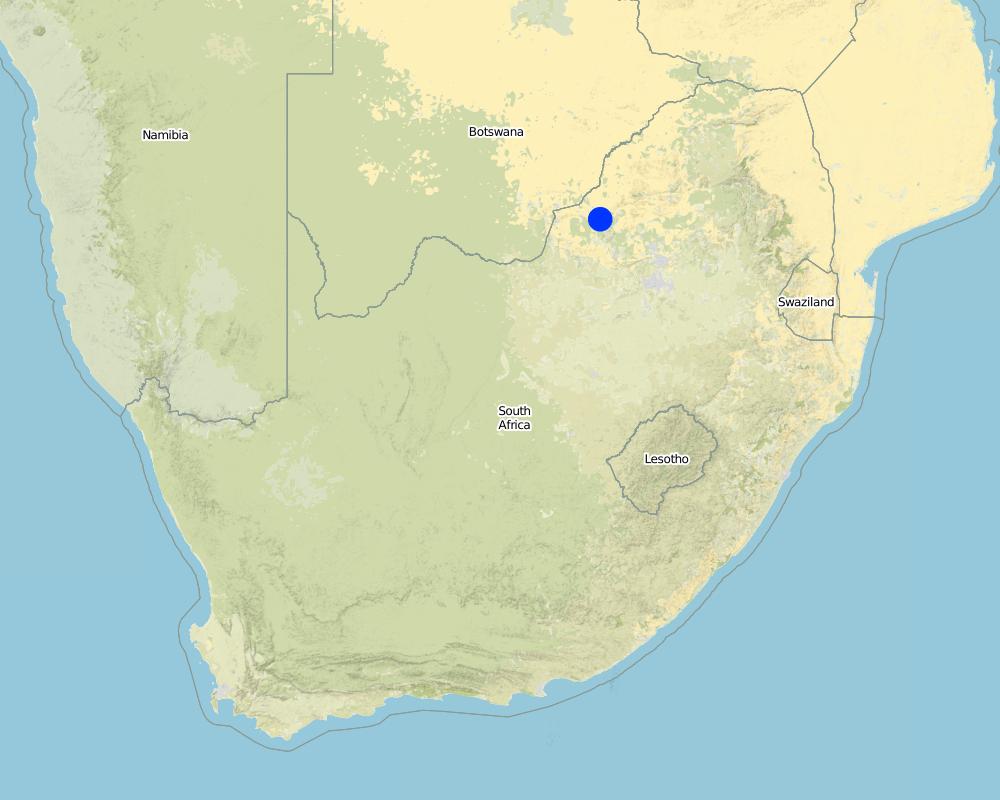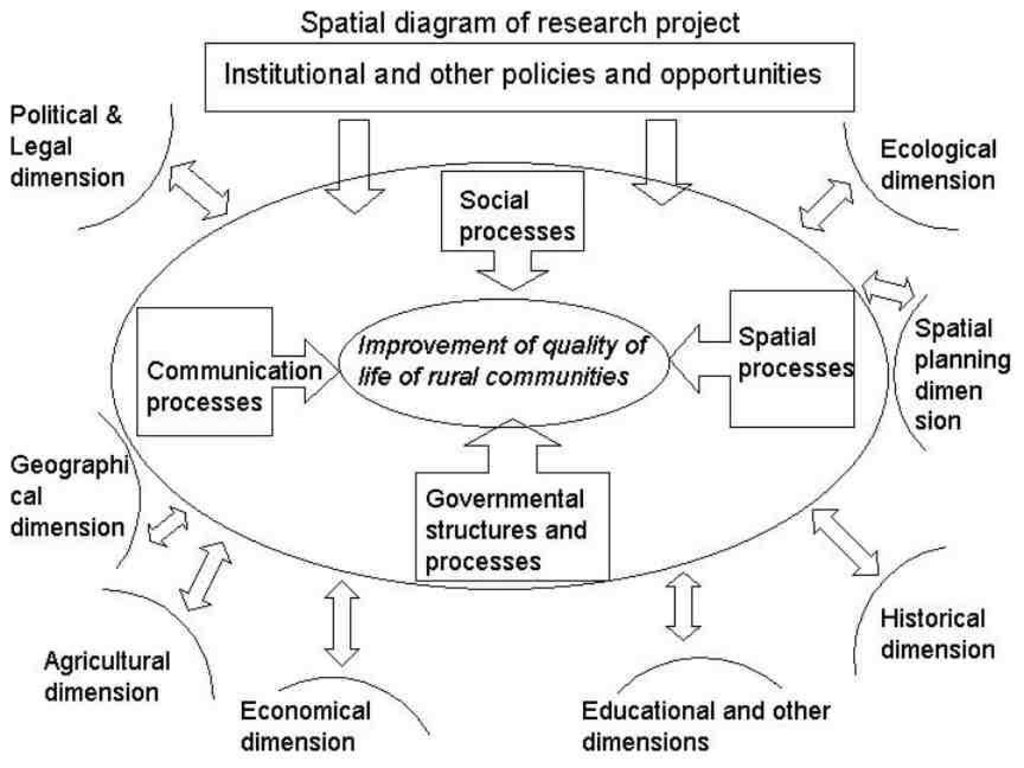Participatory rural approach [แอฟริกาใต้]
- ผู้สร้างสรรค์:
- การอัพเดท:
- ผู้รวบรวม: Unknown User
- ผู้เรียบเรียง: –
- ผู้ตรวจสอบ: Fabian Ottiger
approaches_2340 - แอฟริกาใต้
ดูส่วนย่อย
ขยายทั้งหมด ย่อทั้งหมด1. ข้อมูลทั่วไป
1.2 รายละเอียดที่ติดต่อได้ของผู้รวบรวมและองค์กรที่เกี่ยวข้องในการประเมินและการจัดเตรียมทำเอกสารของแนวทาง
วิทยากรหลัก
ผู้เชี่ยวชาญ SLM:
de Wet Saroné
School of Environmental Science and Development, North West University, South Africa
แอฟริกาใต้
ชื่อของโครงการซึ่งอำนวยความสะดวกในการทำเอกสารหรือการประเมินแนวทาง (ถ้าเกี่ยวข้อง)
School of Environmental Science and Development, North West University (NWU) - แอฟริกาใต้1.3 เงื่อนไขที่เกี่ยวข้องกับการใช้ข้อมูลที่ได้บันทึกไว้ผ่านทาง WOCAT
ผู้รวบรวมและวิทยากรหลักยอมรับเงื่อนไขเกี่ยวกับการใช้ข้อมูลที่ถูกบันทึกผ่านทาง WOCAT:
ใช่
2. คำอธิบายของแนวทาง SLM
2.1 การอธิบายแบบสั้น ๆ ของแนวทาง
Participatory Rural Approach including a partly holistic approach; between social and environmental sciences.
2.2 การอธิบายอย่างละเอียดของแนวทาง
การอธิบายอย่างละเอียดของแนวทาง:
Aims / objectives: Developing sustainable management of land and other natural resources in rural communities. Assess the historical process, causes, nature and extent of desertification and its human impact. An empirical study of the attitudes, perceptions and knowledge of the local population with regard to land use. Develop policy guidelines for integrated rural development focussing on spatial planning, settlement models, land use control measures, ecological restoration and sustainable farming practices. Pilot interviews with the extension officers were followed by interviews with members of the communities themselves. Plant surveys were conducted at the study areas.
Stages of implementation: There were 5 stages of implementation included in the pilot interviews, the main interviews and the plant surveys. Task 1: Preliminary negotiations with officials, authorities and local communities, including a literature and methodological review. Task 2: Data collection includes satellite data and aerial photographs, ground truth (site visits, meetings, surveys, interviews and questionnaires - a PRA approach. Task 3: Analysis and interpretation include archival research, image processing ad interpretation and analysis of surveys and questionnaires. Task 4: Validation and cross referencing by accuracy testing of remotely sensed results, historical cross referencing, comparison to Botswana results, comparison of results (communal land vs. commercial land). Task 5: Reporting.
2.3 รูปภาพของแนวทาง
2.5 ประเทศ ภูมิภาค หรือสถานที่ตั้งที่ได้นำแนวทางไปใช้
ประเทศ:
แอฟริกาใต้
ภูมิภาค/รัฐ/จังหวัด: :
North West Province
Map
×2.6 วันที่เริ่มต้นและสิ้นสุดของแนวทาง
ระบุปีที่เริ่ม:
2000
การสิ้นสุดลง (ถ้าแนวทางไม่ได้ใช้อีกต่อไป):
2003
2.7 ประเภทของแนวทาง
- ใช้โครงงานหรือแผนงานเป็นฐาน
2.8 เป้าหมายหรือวัตถุประสงค์หลักของแนวทาง
The Approach focused mainly on other activities than SLM (Suitable management, integrated community-base, rural development, land resources, natural resources.)
Developing sustainable management of land and other natural resources in rural communities. Specific objectives: Assess the historical process, courses, nature and extent of desertification and its human impact. Did an empirical study of the attitudes, perceptions and knowledge of the local population with regard to land use. Finally, we want to develop policy guidelines for integrated rural development focussing on spatial planning, settlement models, land use control measures, ecological restoration and sustainable farming practices.
The SLM Approach addressed the following problems: Desertification and its human impact, with the specific incorporation of indigenous or traditional knowledge. Inadequate policy towards integrated rural development.
2.9 เงื่อนไขที่เอื้ออำนวยหรือเป็นอุปสรรคต่อการนำเทคโนโลยีภายใต้แนวทางนี้ไปปฏิบัติใช้
การมีไว้ให้หรือการเข้าถึงแหล่งการเงินและบริการ
- เป็นอุปสรรค
Funding not sufficient
Treatment through the SLM Approach: Involved with greater Department of Agriculture and subsequent funding
การจัดตั้งระดับองค์กร
- เป็นอุปสรรค
Part of previous disadvantaged homeland
Treatment through the SLM Approach: Policy recommendations
กรอบแนวทางในการดำเนินการด้านกฎหมาย (การถือครองที่ดิน สิทธิในการใช้ที่ดินและน้ำ)
- เป็นอุปสรรค
The existing land ownership, land use rights / water rights greatly hindered the approach implementation No one takes responsibility for maintaining the applied technology.
ความรู้เกี่ยวกับ SLM การเข้าถึงการสนับสนุนด้านเทคนิค
- เป็นอุปสรรค
No contracts with large equipment companies
Treatment through the SLM Approach: With the Department of Agriculture, theses contract have been established
3. การมีส่วนร่วมและบทบาทของผู้มีส่วนได้ส่วนเสียที่เกี่ยวข้อง
3.1 ผู้มีส่วนได้ส่วนเสียที่เกี่ยวข้องในแนวทางนี้และบทบาท
- ผู้ใช้ที่ดินระดับท้องถิ่นหรือชุมชนระดับท้องถิ่น
Supingstad members. Specific ethnic groups: Tswana speaking (Ba-Suping)
- ผู้เชี่ยวชาญ SLM หรือที่ปรึกษาการเกษตร
- ครู เด็กนักเรียน หรือนักศึกษา
University
- รัฐบาลแห่งชาติ (ผู้วางแผน ผู้ทำการตัดสินใจ)
- องค์การระหว่างประเทศ
3.2 การเกี่ยวข้องของผู้ใช้ที่ดินระดับท้องถิ่นหรือชุมชนระดับท้องถิ่นในช่วงต่างๆของแนวทาง
| ความเกี่ยวข้องของผู้ใช้ที่ดินระดับท้องถิ่นหรือชุมชนระดับท้องถิ่น | ระบุผู้ที่มีส่วนเกี่ยวข้องและอธิบายกิจกรรม | |
|---|---|---|
| การริเริ่มหรือการจูงใจ | ไม่มี | |
| การวางแผน | ปฏิสัมพันธ์ | interviews/questionnaires, public meetings; Interviews with most viable group. Public meetings: what should we look at in the areas. |
| การดำเนินการ | ปฏิสัมพันธ์ | casual labour, responsibility for minor steps; Erosion control. |
| การติดตามตรวจสอบหรือการประเมินผล | ไม่มี | |
| Research | ไม่มี |
3.3 แผนผังแสดงขั้นตอนการทำงาน (ถ้ามี)
3.4 การตัดสินใจเลือกใช้เทคโนโลยี SLM
ระบุผู้ที่ทำการตัดสินใจเลือกเทคโนโลยีมากกว่าหนึ่งวิธีไปปฏิบัติใช้:
- ผู้ใช้ที่ดินเป็นผู้ตัดสินใจหลัก โดยการสนับสนุนจากผู้เชี่ยวชาญ SLM
การอธิบาย:
consultative.
Decisions on the method of implementing the SLM Technology were made by mainly by SLM specialists with consultation of land users. consultative.
4. การสนับสนุนด้านเทคนิค การสร้างขีดความสามารถ และการจัดการด้านความรู้
4.1 การสร้างขีดความสามารถ / การอบรม
ได้มีการจัดอบรมให้แก่ผู้ใช้ที่ดินหรือผู้มีส่วนได้ส่วนเสียคนอื่น ๆ หรือไม่:
ใช่
ให้ระบุว่าใครเป็นผู้ได้รับการอบรม:
- ผู้ใช้ที่ดิน
- school children/students
รูปแบบการอบรม:
- กำลังดำเนินการ
หัวข้อที่พูด:
Gabion construction
4.2 การบริการให้คำแนะนำ
ผู้ใช้ที่ดินมีการเข้าถึงการรับบริการให้คำปรึกษาหรือไม่:
ใช่
ระบุว่ามีบริการให้คำปรึกษาหรือไม่:
- ไปเยี่ยมชมสถานที่
การอธิบาย/แสดงความคิดเห็น:
Participatory rural approach; Key elements: Involvement in gabion construction; 1) Mainly: government's existing extension system, Partly: projects own extension structure and agent. Extension staff: mainly government employees 3) Target groups for extension: land users; Activities: erosion control through gabion construction
Advisory service is inadequate to ensure the continuation of land conservation activities; Extension officers available for information on erosion and encroachment control.
4.3 การเสริมความแข็งแกร่งให้กับสถาบัน (การพัฒนาองค์กร)
สถาบันได้รับการจัดตั้งขึ้นมาหรือเสริมความแข็งแกร่งโดยแนวทางนี้หรือไม่:
- ใช่ ปานกลาง
ระบุระดับของสถาบันที่ได้รับการเสริมความแข็งแกร่งหรือจัดตั้งขึ้นมา:
- ท้องถิ่น
ระบุประเภทของการให้ความช่วยเหลือสนับสนุน:
- การสร้างขีดความสามารถ / การอบรม
4.4 การติดตามตรวจสอบและประเมินผล
การติดตามตรวจสอบและประเมินผลเป็นส่วนหนึ่งของแนวทางหรือไม่:
ใช่
ความคิดเห็น:
bio-physical aspects were regular monitored through measurements
socio-cultural aspects were ad hoc monitored through observations
economic / production aspects were ad hoc monitored through observations
area treated aspects were regular monitored through measurements
no. of land users involved aspects were regular monitored through measurements
There were several changes in the Approach as a result of monitoring and evaluation: Initially only the extension officers were interviewed in groups; the communities as well, but in the end individual interviews proofed more effective. Woody component analysis: Where all members worked on one quadrate at the start, we changed the strategy to three teams of two people each, each team having their own specific responsibilities.
4.5 การวิจัย
การวิจัยเป็นส่วนหนึ่งของแนวทางหรือไม่:
ใช่
ระบุหัวข้อเรื่อง:
- สังคมวิทยา
- นิเวศวิทยา
- เทคโนโลยี
ให้ข้อมูลเพิ่มเติมและให้ระบุผู้ทำการวิจัย:
Sociology: interviews/trust building. Ecology: explain what we are doing. Technology: gabion construction
Research was carried out both on station and on-farm
5. การสนับสนุนด้านการเงินและวัสดุอุปกรณ์
5.1 ระบุงบประมาณประจำปีสำหรับแนวทาง SLM นี้
ถ้าหากว่างบประมาณประจำปีไม่เป็นที่ทราบแน่นอน ให้ระบุช่วงลงไป:
- 10,000-100,000
แสดงความคิดเห็น (แหล่งของการระดมทุน ผู้บริจาคคนสำคัญ):
Approach costs were met by the following donors: international non-government (funding): 80.0%; local community / land user(s) (labour, material): 20.0%
5.2 การสนับสนุนด้านการเงิน / วัสดุอุปกรณ์ให้แก่ผู้ใช้ที่ดิน
ผู้ใช้ที่ดินได้รับการสนับสนุนด้านการเงิน / วัสดุอุปกรณ์ไปปฏิบัติใช้เทคโนโลยีหรือไม่:
ใช่
5.3 เงินสนับสนุนสำหรับปัจจัยนำเข้า (รวมถึงแรงงาน)
ถ้าแรงงานโดยผู้ใช้ที่ดินเป็นปัจจัยนำเข้าที่มีอยู่มากมาย ระบุด้วยว่าเนื่องจาก:
- อาหารสำหรับการทำงาน
ความคิดเห็น:
Guides received food parcels. Other incentives; future change in policy.
5.4 เครดิต
มีการจัดหาเครดิตมาให้ภายใต้แนวทาง SLM หรือไม่:
ไม่ใช่
6. การวิเคราะห์ผลกระทบและการสรุป
6.1 ผลกระทบของแนวทาง
ช่วยให้ผู้ใช้ที่ดินนำเอาเทคโนโลยี SLMไปใช้และบำรุงรักษาสภาพไว้ได้หรือไม่:
- ไม่ใช่
- ใช่ เล็กน้อย
- ใช่ ปานกลาง
- ใช่ อย่างมาก
They did not adapt, but their awareness were raised.
ปรับปรุงประเด็นของการถือครองที่ดินหรือสิทธิในการใช้ ซึ่งขัดขวางการนำเทคโนโลยีไปใช้ให้ดีขึ้น:
- ไม่ใช่
- ใช่ เล็กน้อย
- ใช่ ปานกลาง
- ใช่ อย่างมาก
The people worked with the specialist in establishing the technology.
Did other land users / projects adopt the Approach?
- ไม่ใช่
- ใช่ เล็กน้อย
- ใช่ ปานกลาง
- ใช่ อย่างมาก
6.3 ความยั่งยืนของกิจกรรมของแนวทาง
ผู้ใช้ที่ดินสามารถทำให้สิ่งต่างๆ ที่ได้ปฏิบัติใช้โดยแนวทางนี้ยั่งยืนได้หรือไม่ (โดยไม่มีการสนับสนุนจากภายนอก):
- ไม่
ถ้าตอบว่าไม่หรือไม่แน่ใจ ให้ระบุและแสดงความคิดเห็น :
No: Erosion - the wire mesh baskets must be supplied by the appropriate companies, but otherwise they might pack stones without the wire mesh baskets. Yes for bush encroachment.
6.4 จุดแข็งและข้อได้เปรียบของแนวทาง
| จุดแข็ง / ข้อได้เปรียบของแนวทางในทัศนคติของผู้ใช้ที่ดิน |
|---|
| Awareness of erosion and bush encroachment as well as possible solution to it (How to sustain/ enhance this strength: School available; provide with poster, books, etc. Farmer's meetings.) |
| A community member can make a difference. |
| จุดแข็ง / ข้อได้เปรียบของแนวทางในทัศนคติของผู้รวบรวมหรือวิทยากรหลัก |
|---|
| Trust of people obtained (How to sustain/ enhance this strength: Deliver on the promises) |
| The community was motivated to implement their own water supply |
| Awareness of grazing strategy on the condition of the grazing field (How to sustain/ enhance this strength: Motivate extension officer to really provide appropriate solutions) |
6.5 จุดอ่อน / ข้อเสียเปรียบของแนวทางและวิธีในการแก้ไข
| จุดอ่อน / ข้อเสียเปรียบในทัศนคติของผู้ใช้ที่ดิน | สามารถแก้ไขปัญหาได้อย่างไร |
|---|---|
| The projects do not address the problems the land users have | Refer identified problems to the relevant experts |
| Implementation of project takes a long time | Explain to the involved person the planned time schedule |
| จุดอ่อน / ข้อเสียเปรียบในทัศนคติของผู้รวบรวมหรือวิทยากรหลัก | สามารถแก้ไขปัญหาได้อย่างไร |
|---|---|
| Number of available SWC specialist insufficient for amount of work | Train the amount of specialist/give the necessary background. |
| Use of translators | Make it clear to exact translations are given |
| Linguistic abilities not sufficient | Use translators |
7. การอ้างอิงและการเชื่อมต่อ
7.1 วิธีการหรือแหล่งข้อมูล
- ไปเยี่ยมชมภาคสนาม การสำรวจพื้นที่ภาคสนาม
- การสัมภาษณ์กับผู้ใช้ที่ดิน
ลิงก์และโมดูล
ขยายทั้งหมด ย่อทั้งหมดลิงก์
ไม่มีลิงก์
โมดูล
ไม่มีโมดูล


